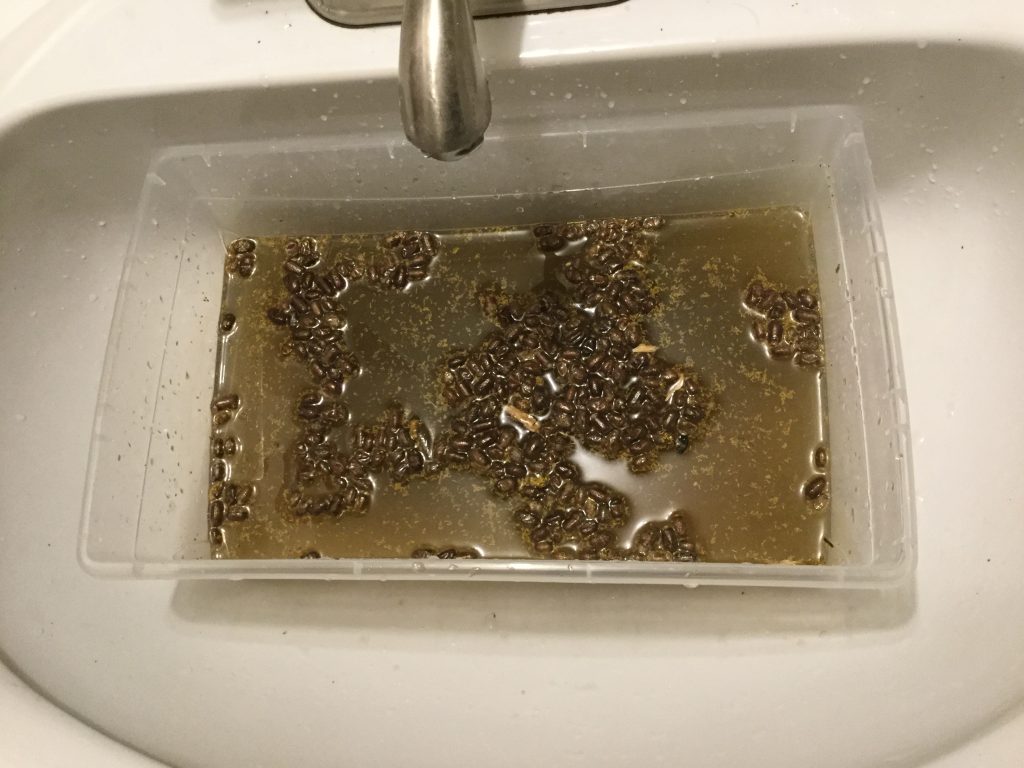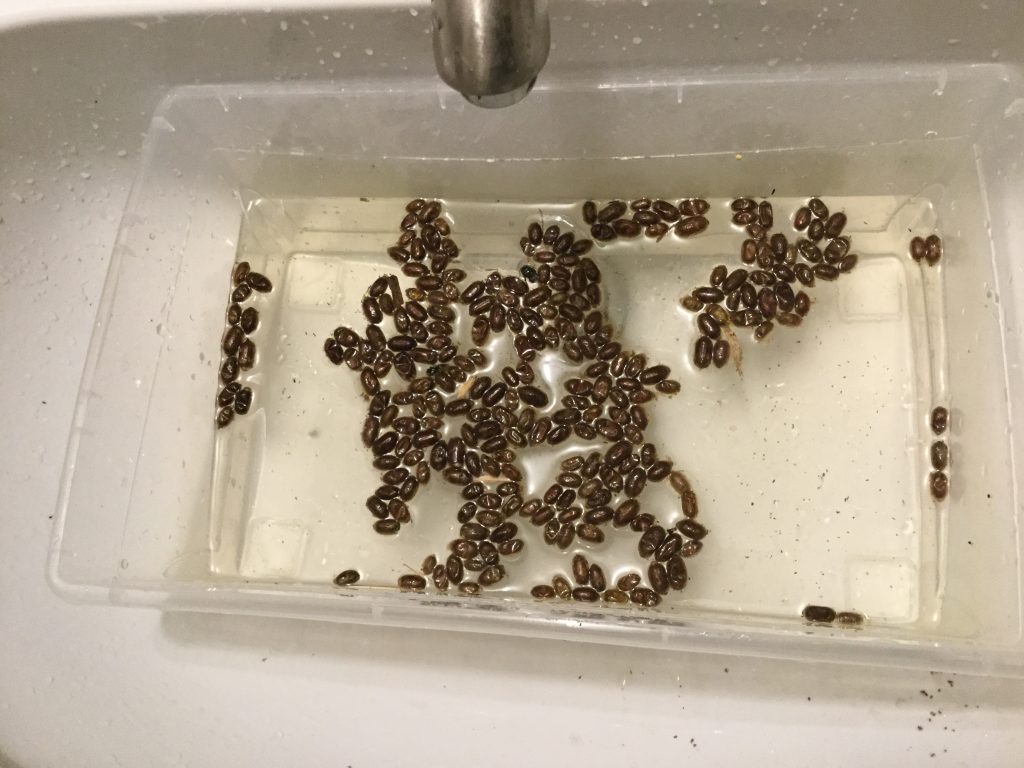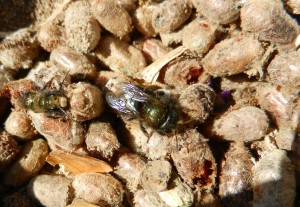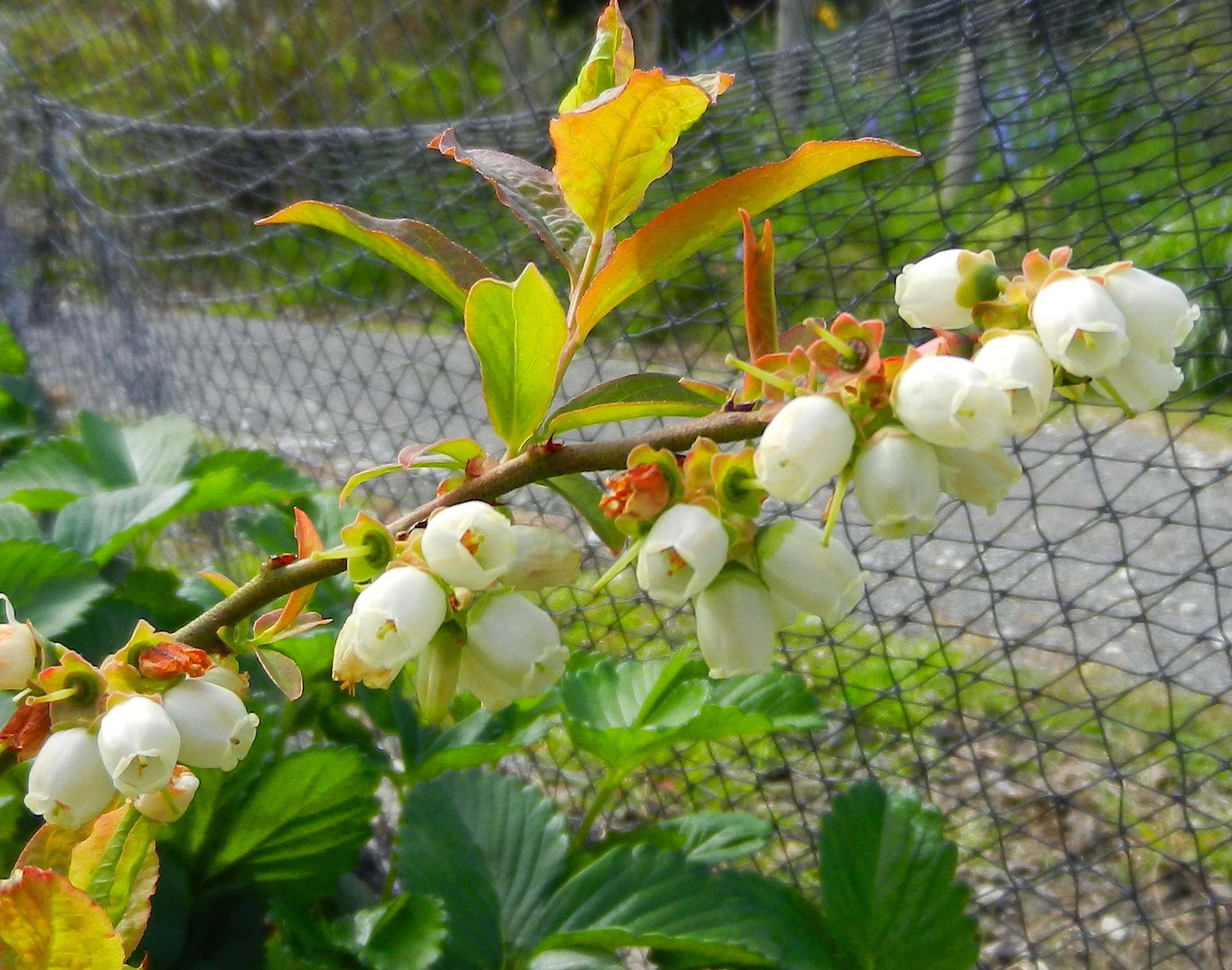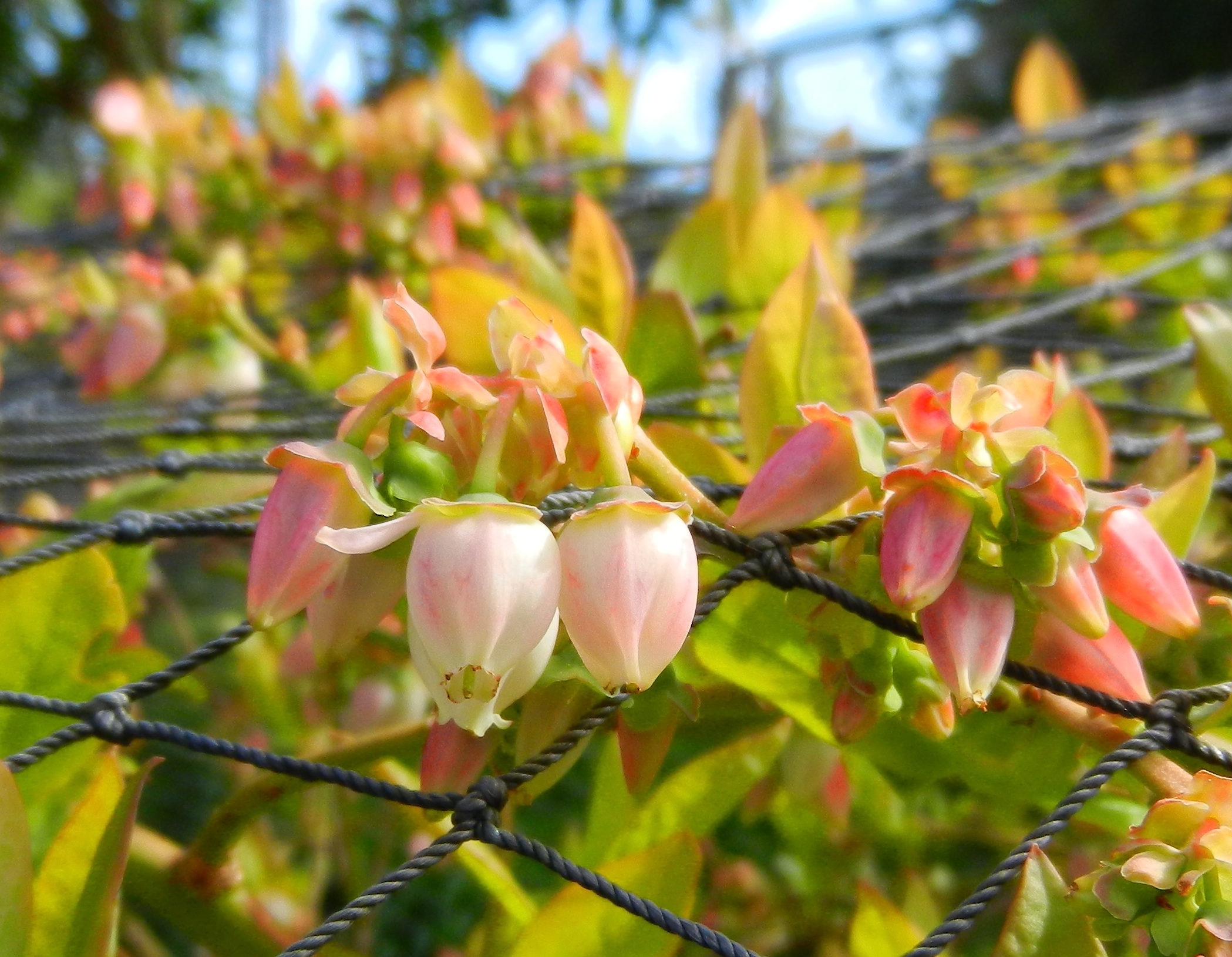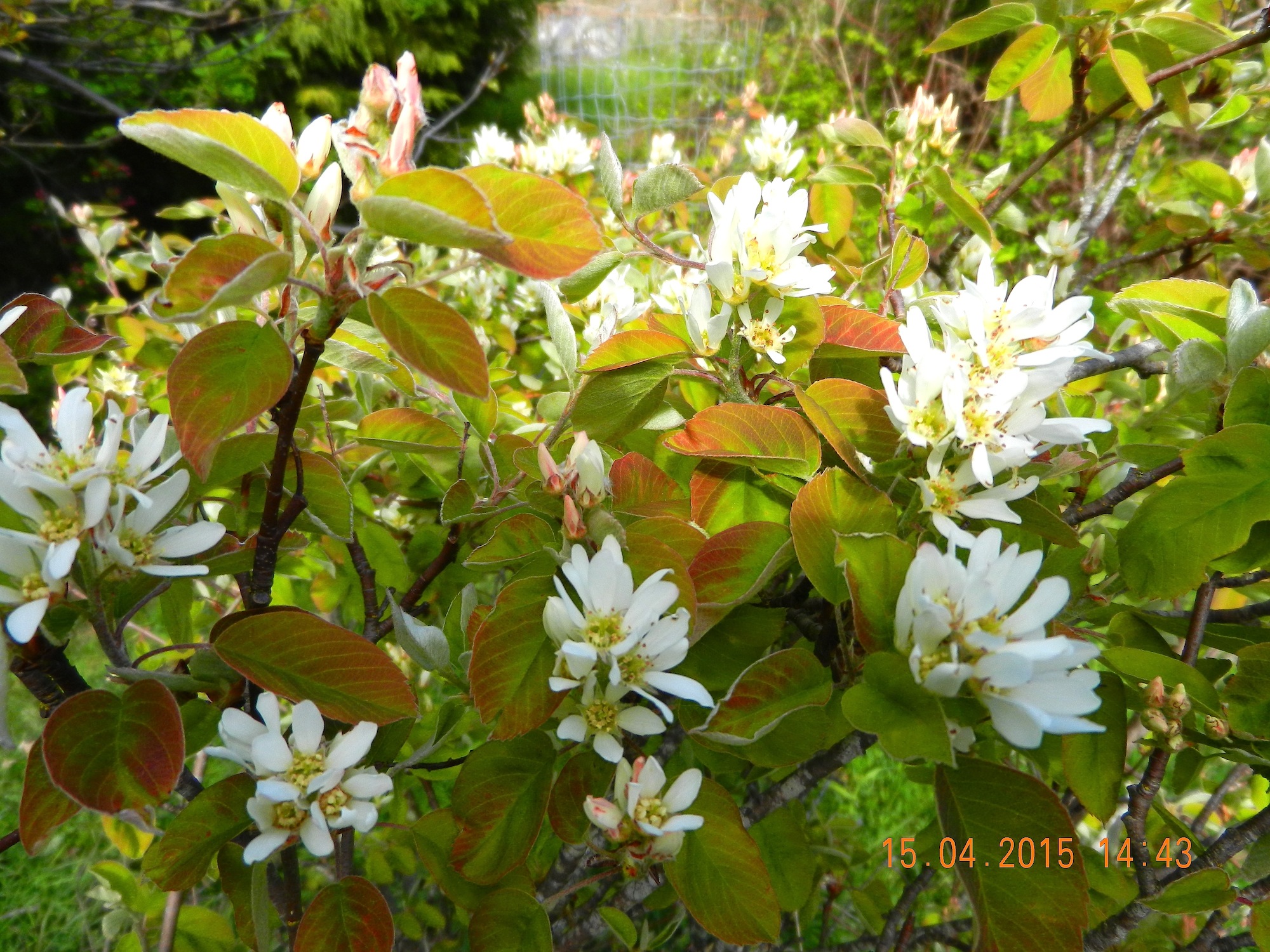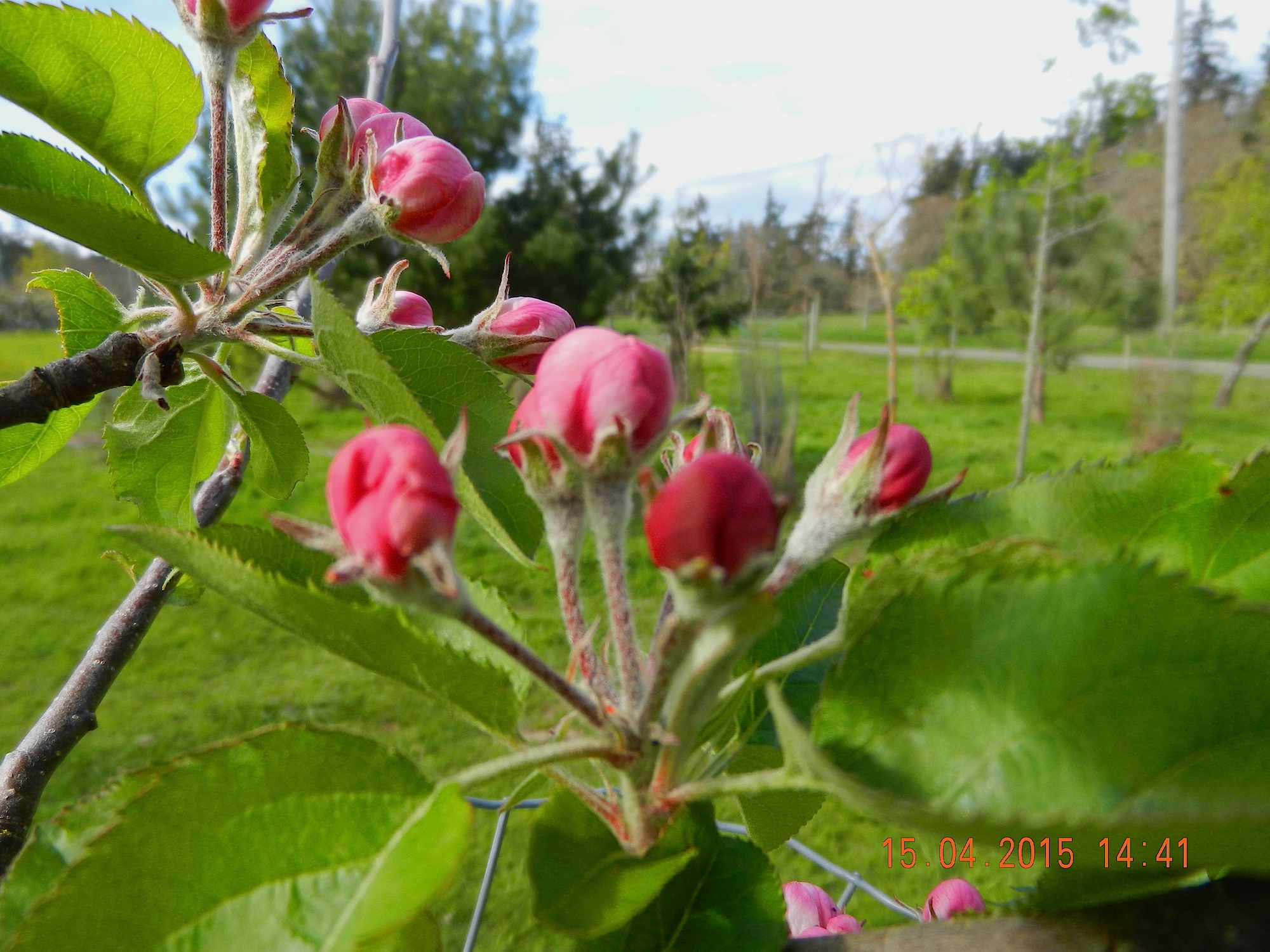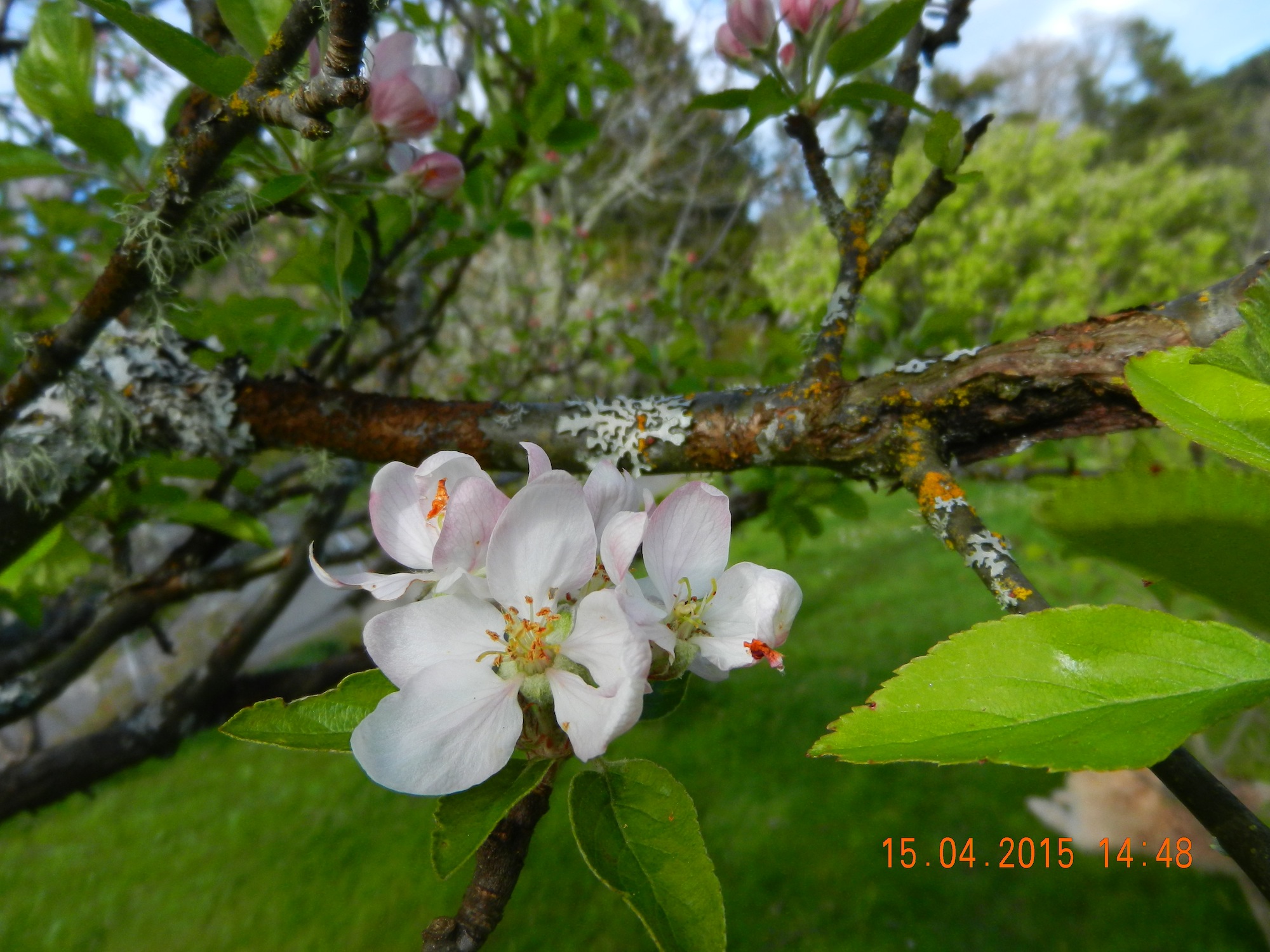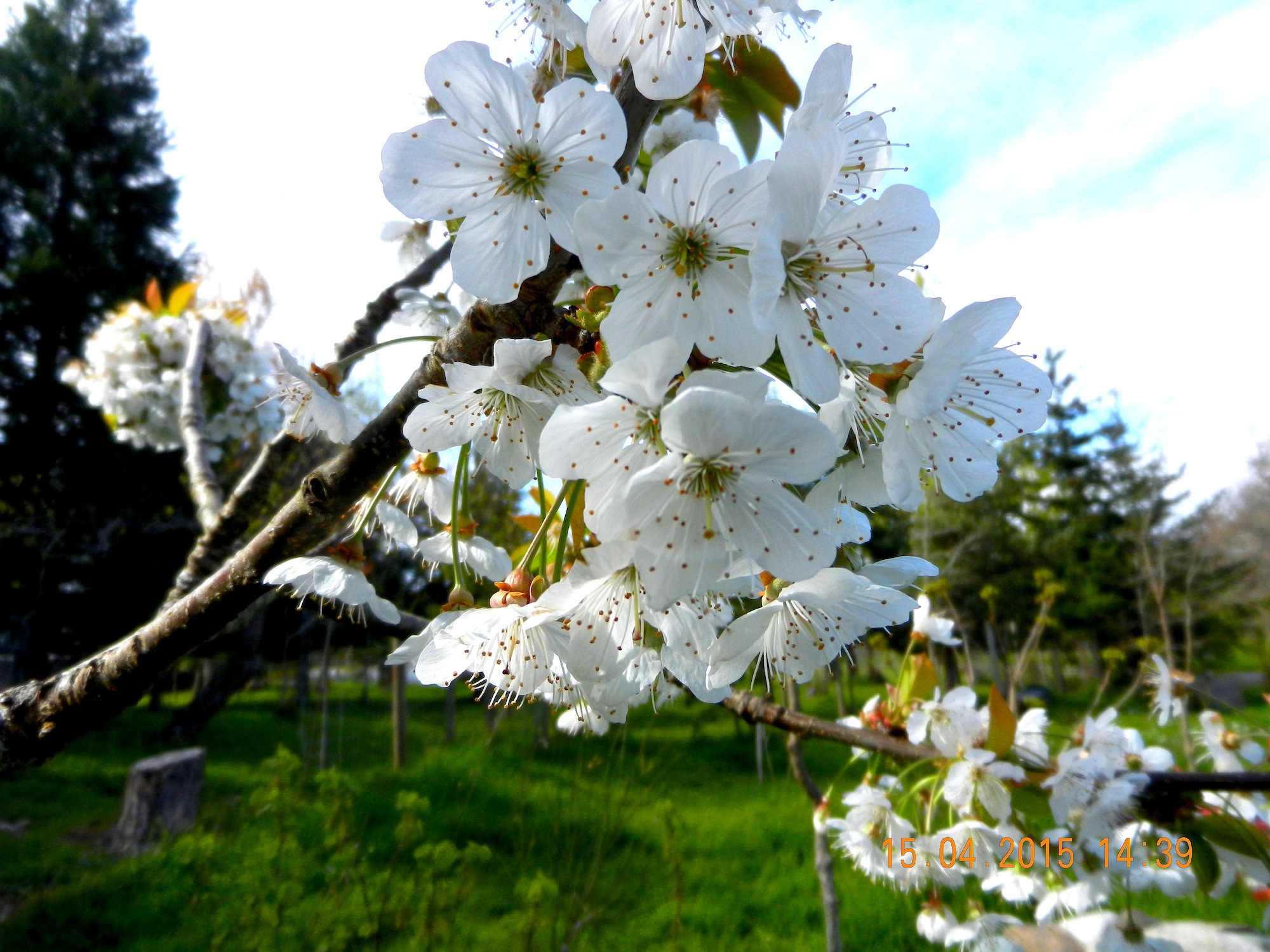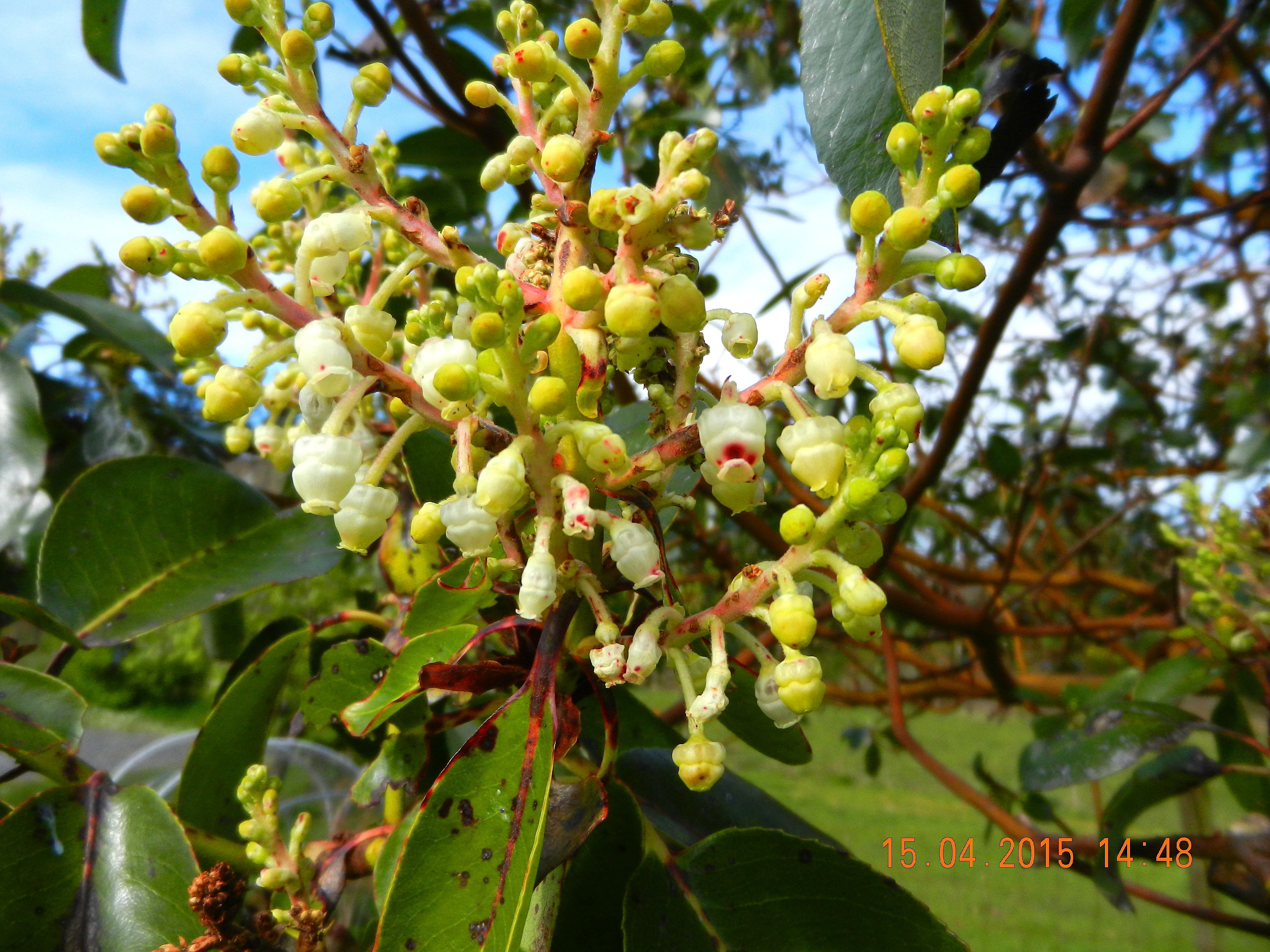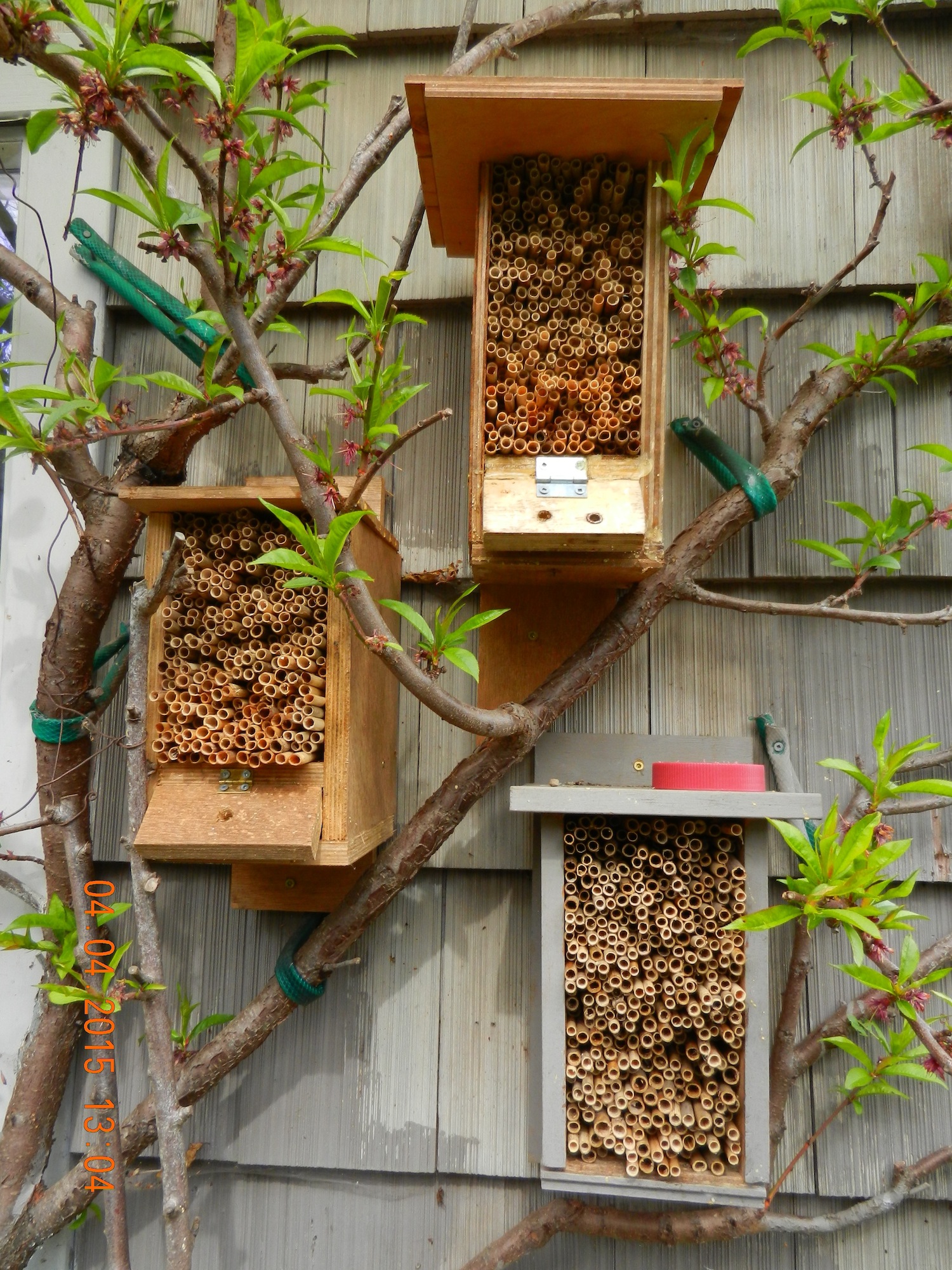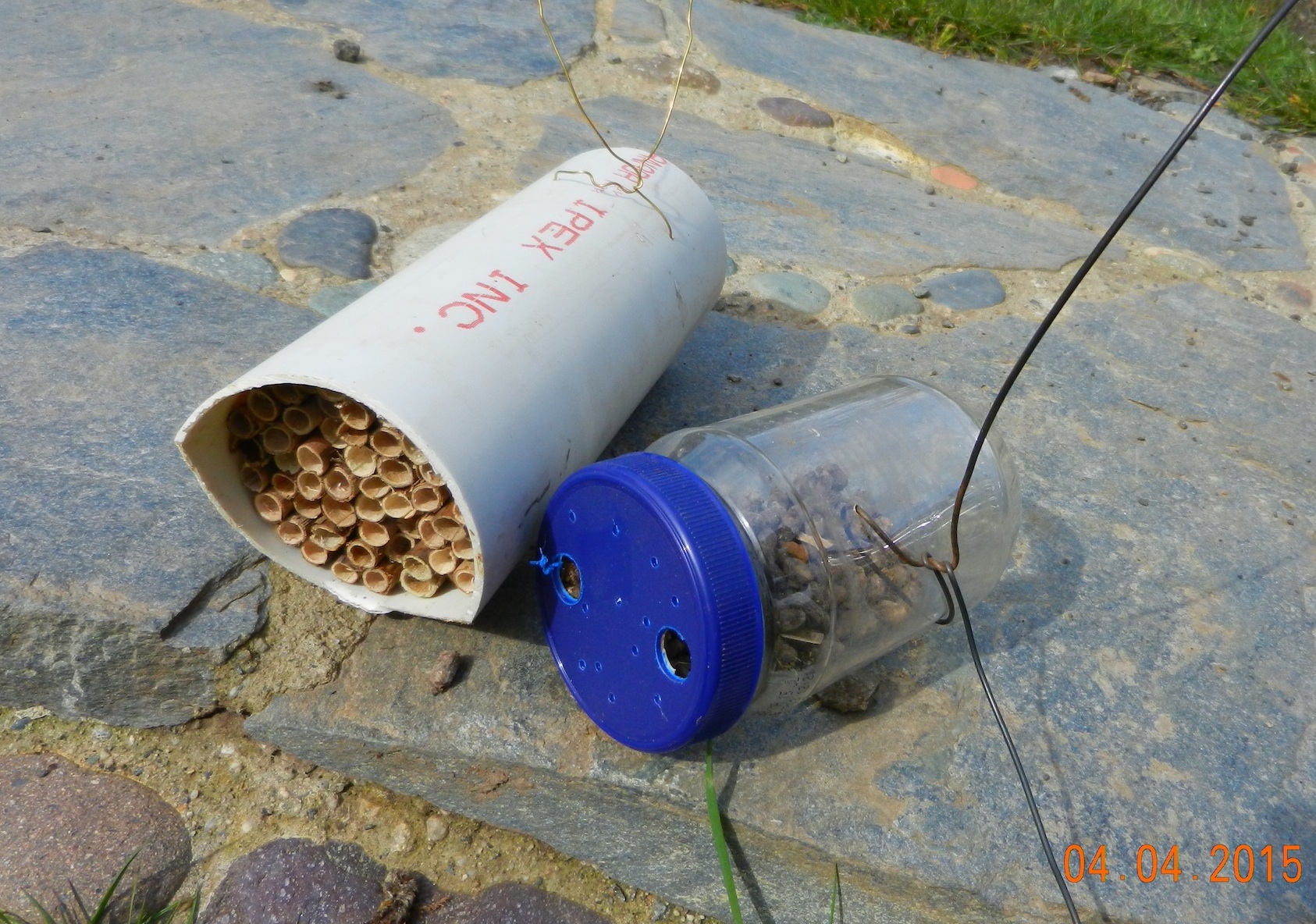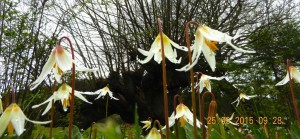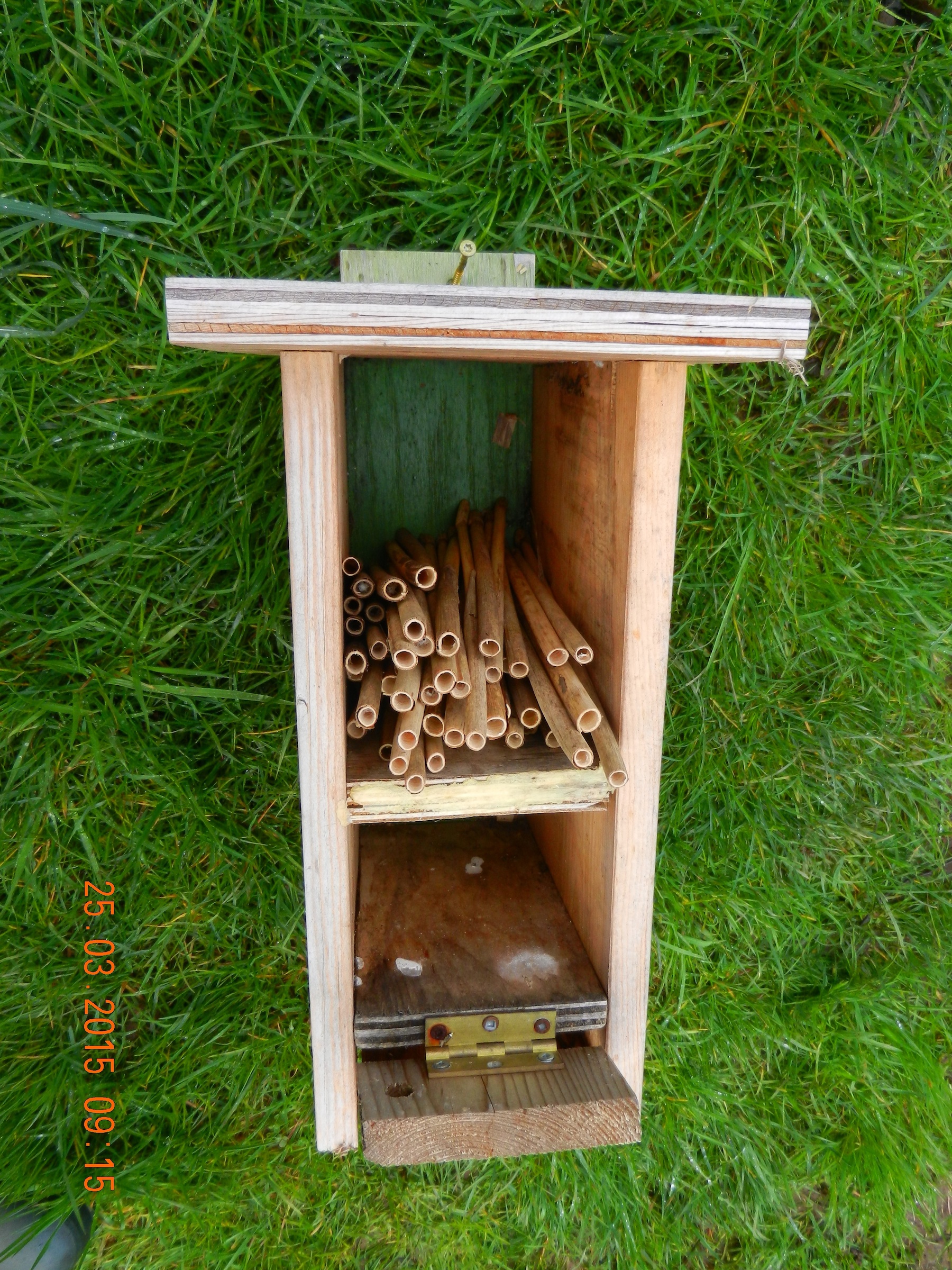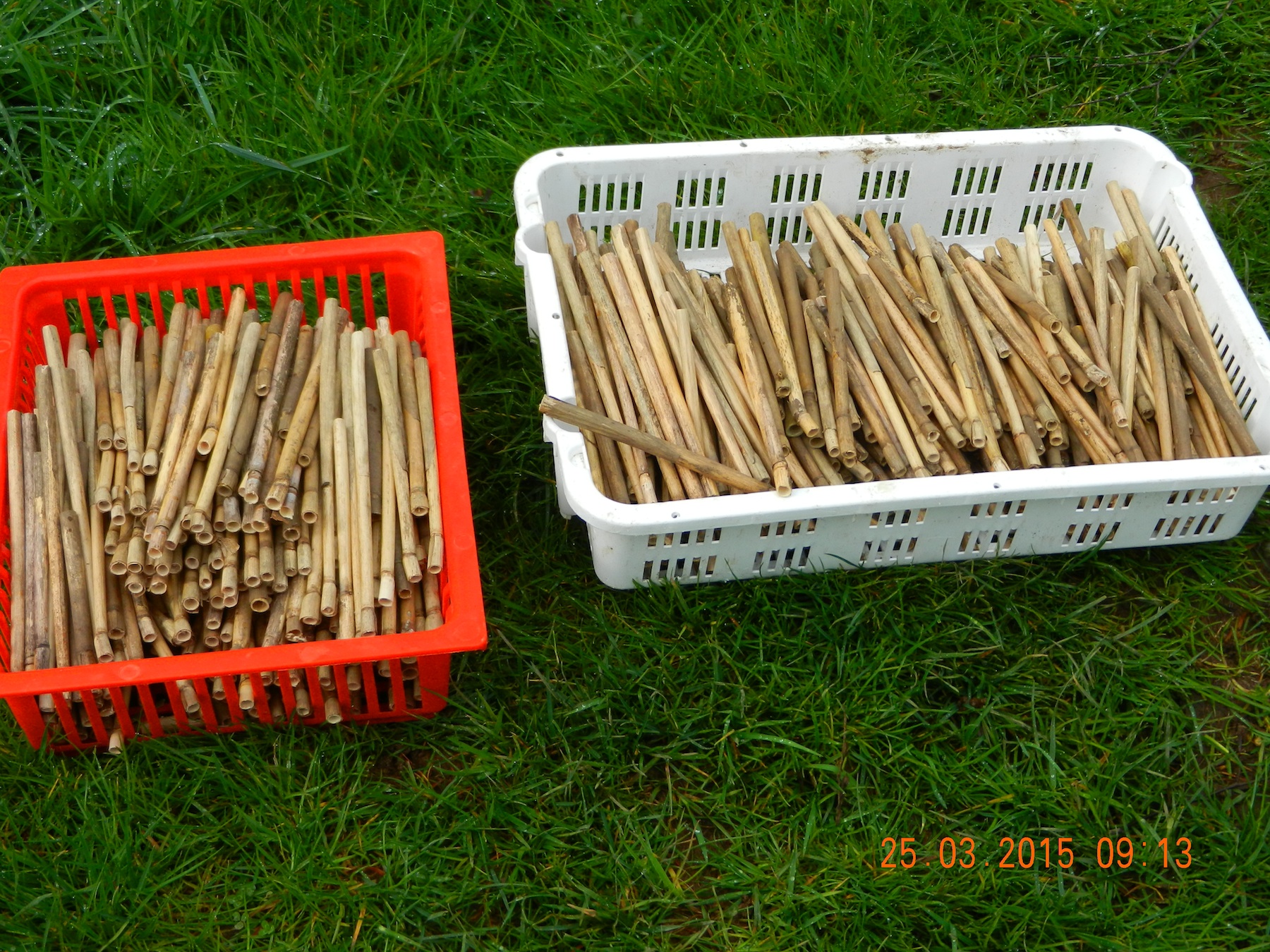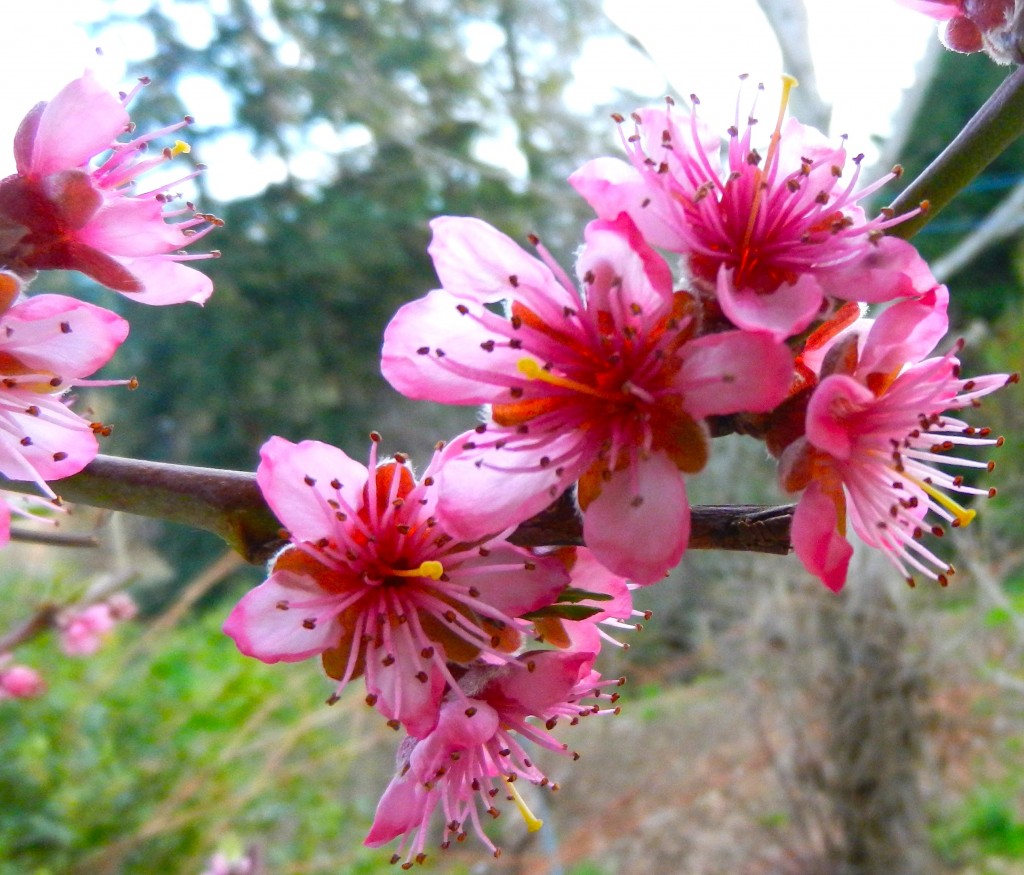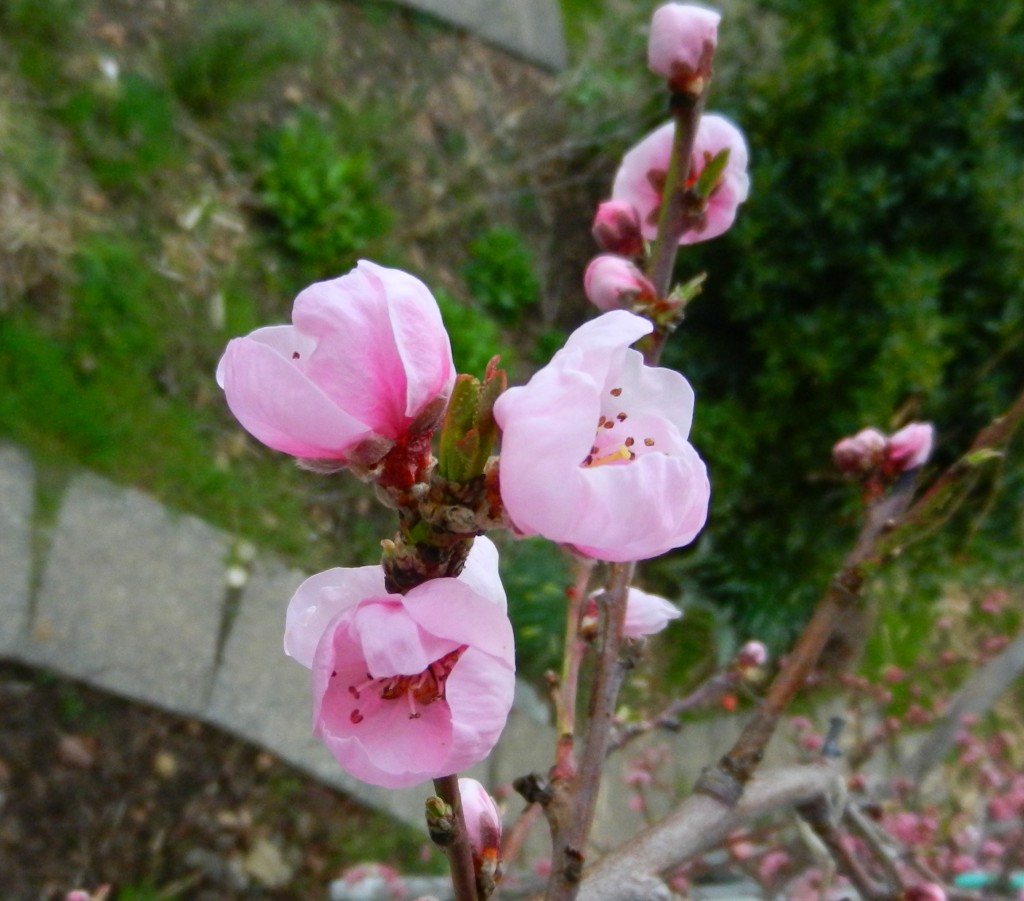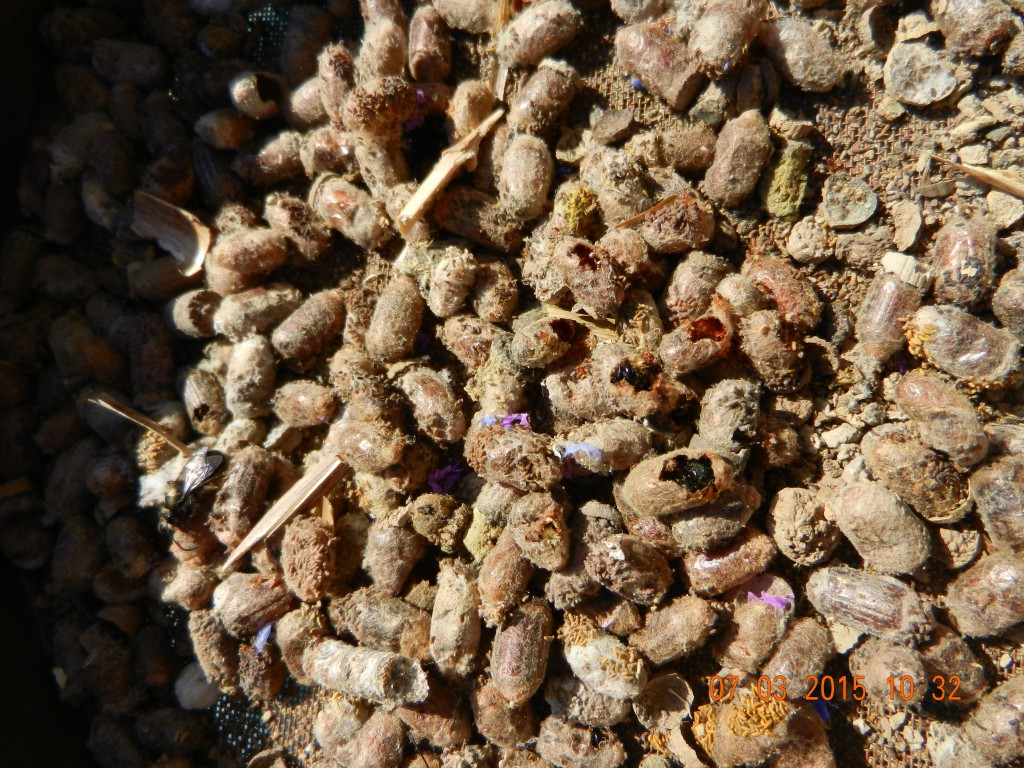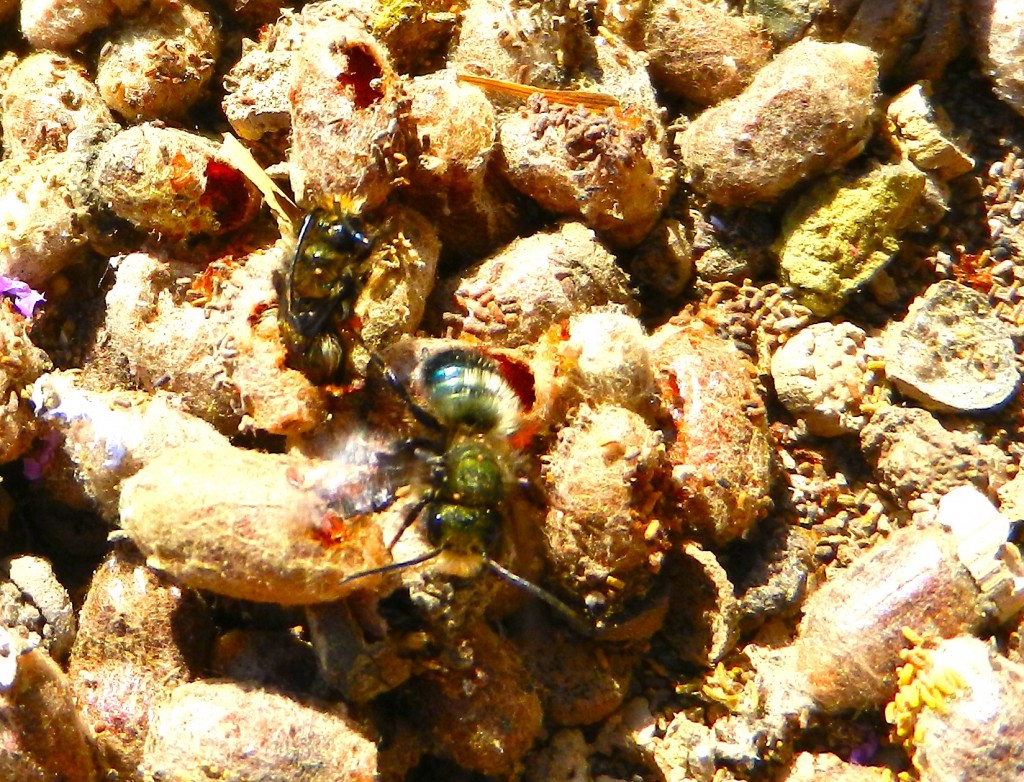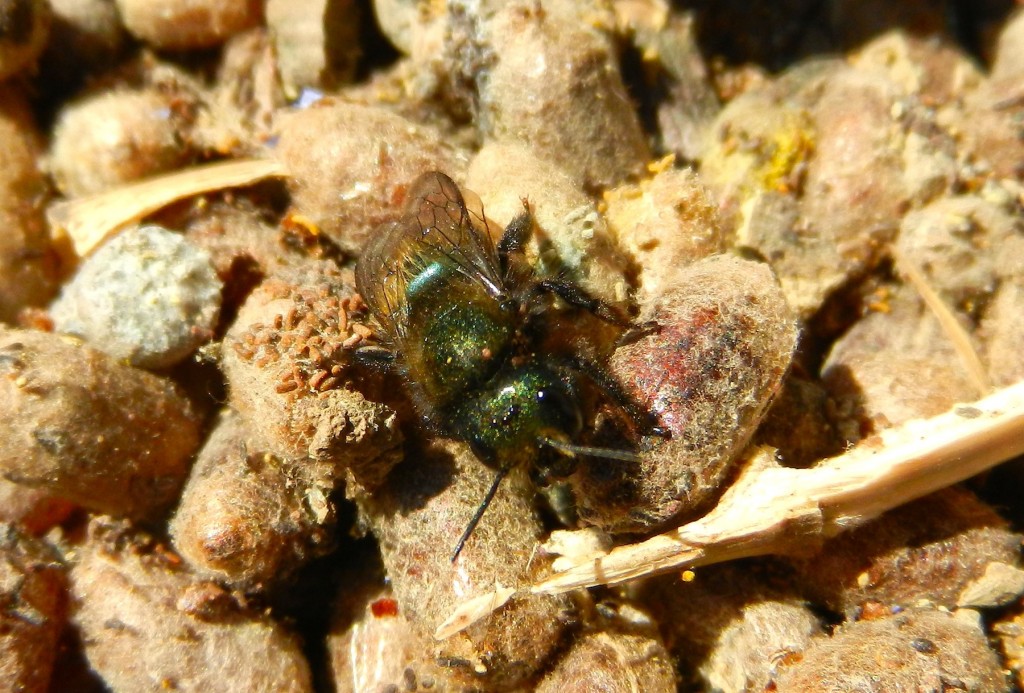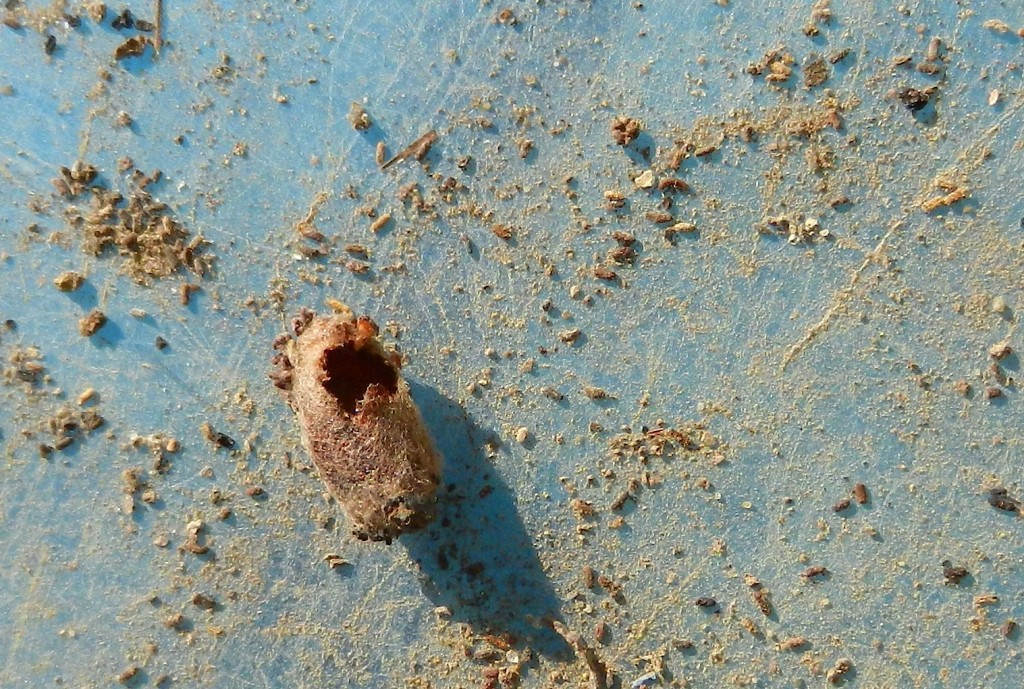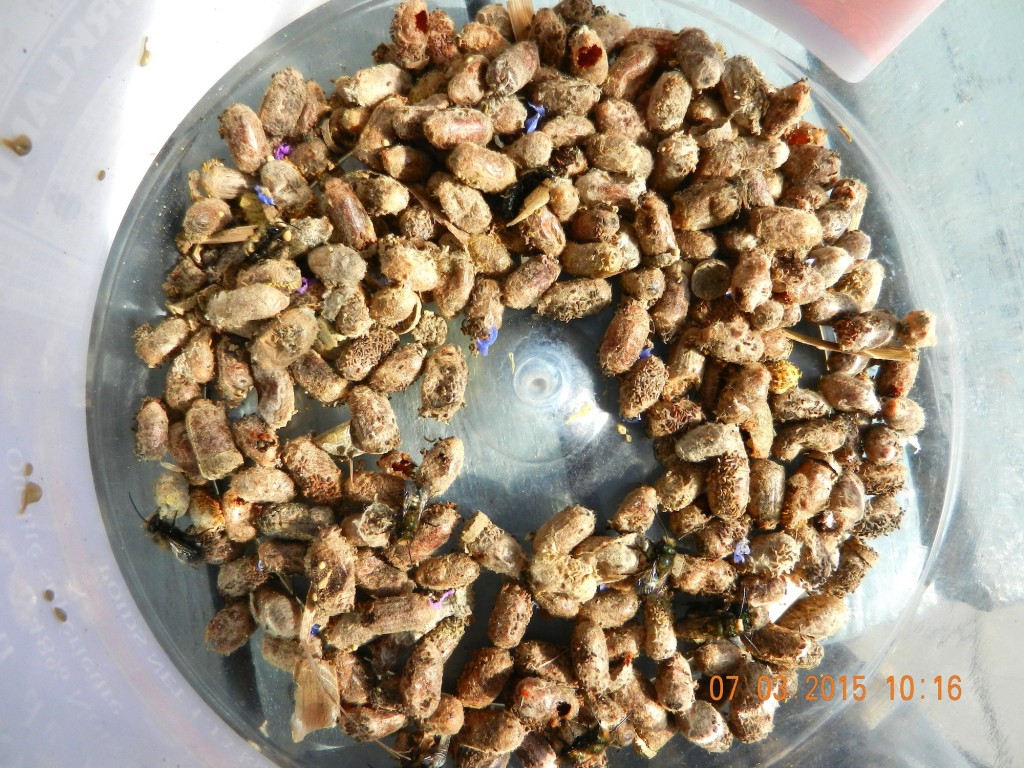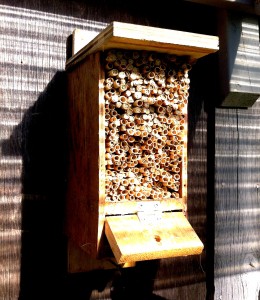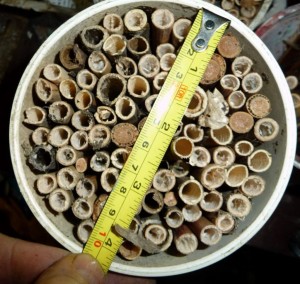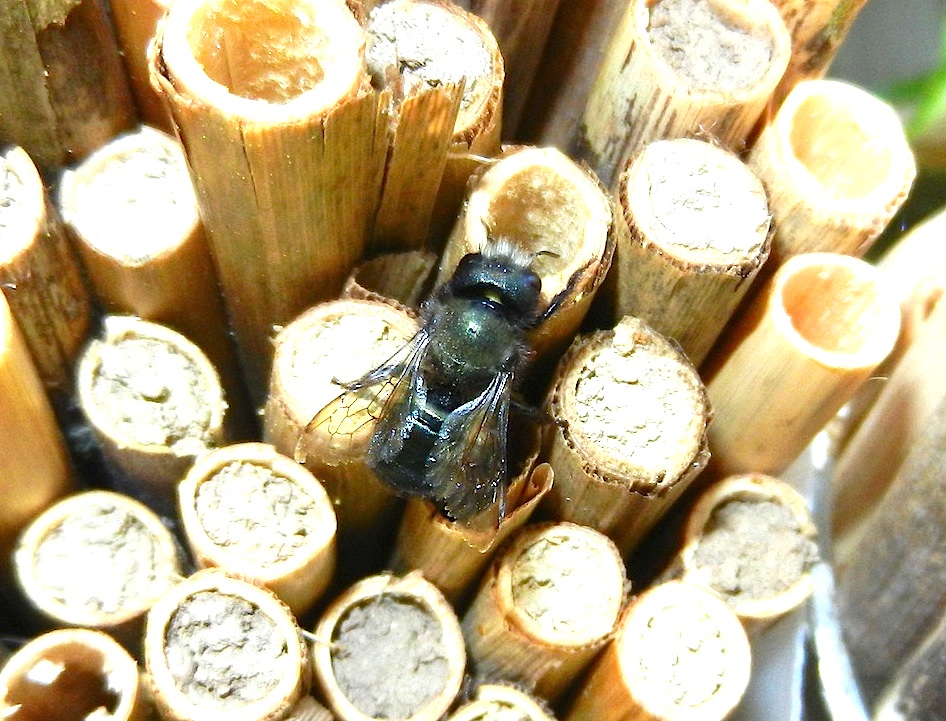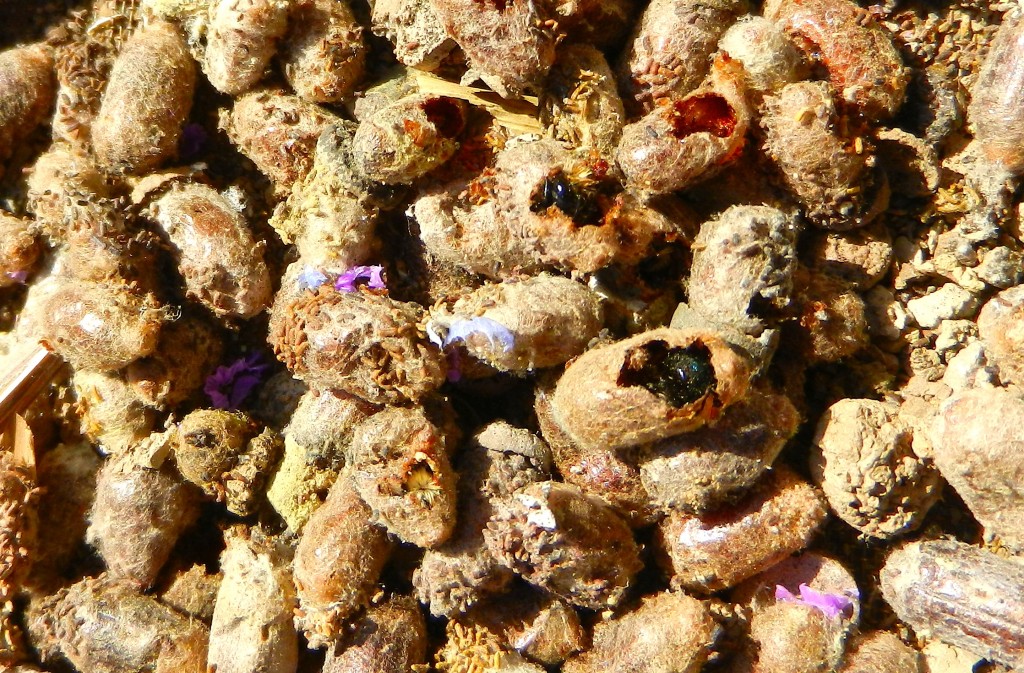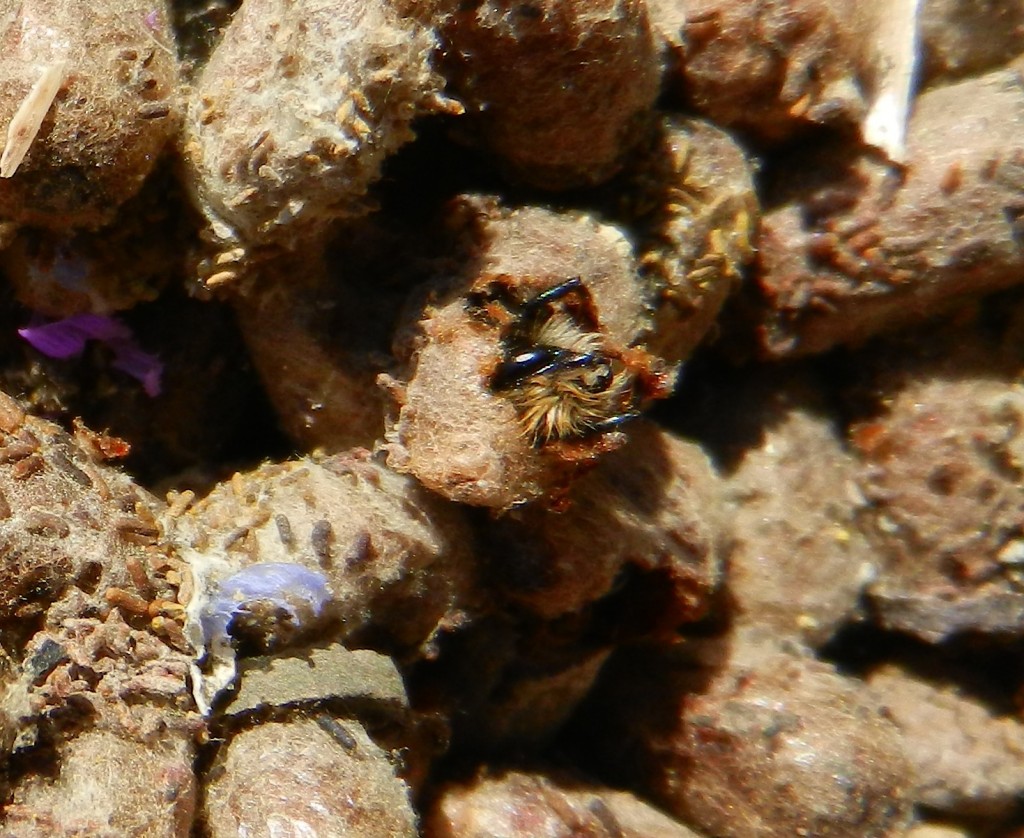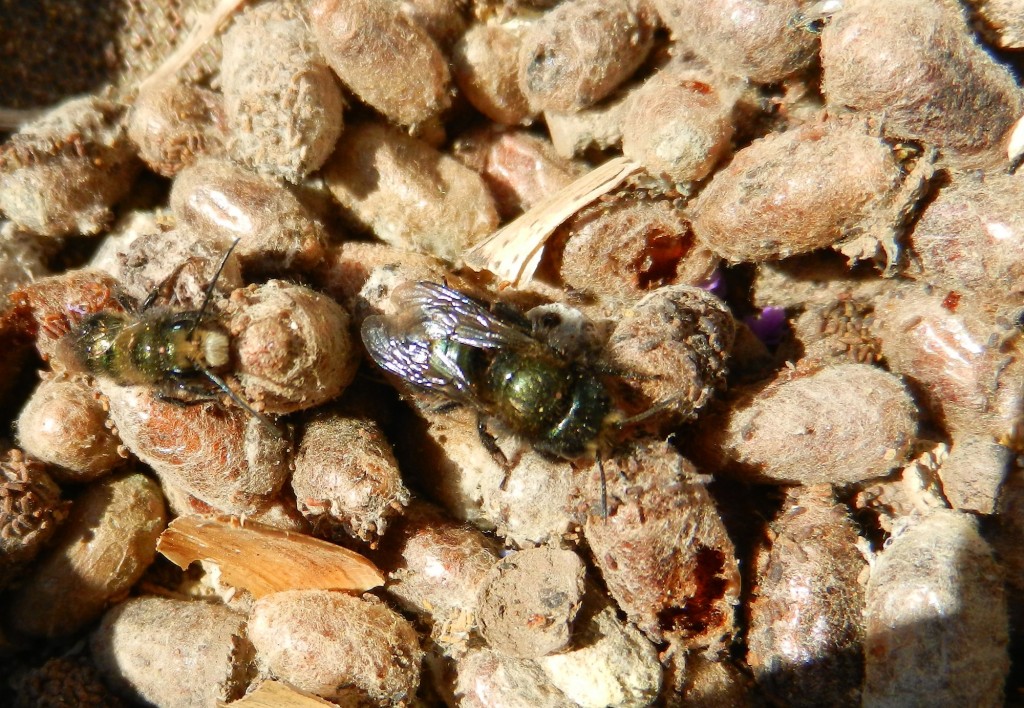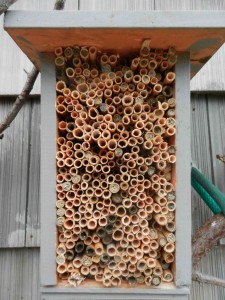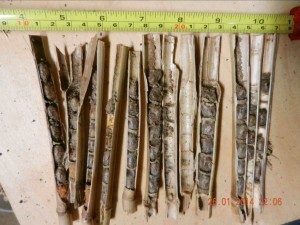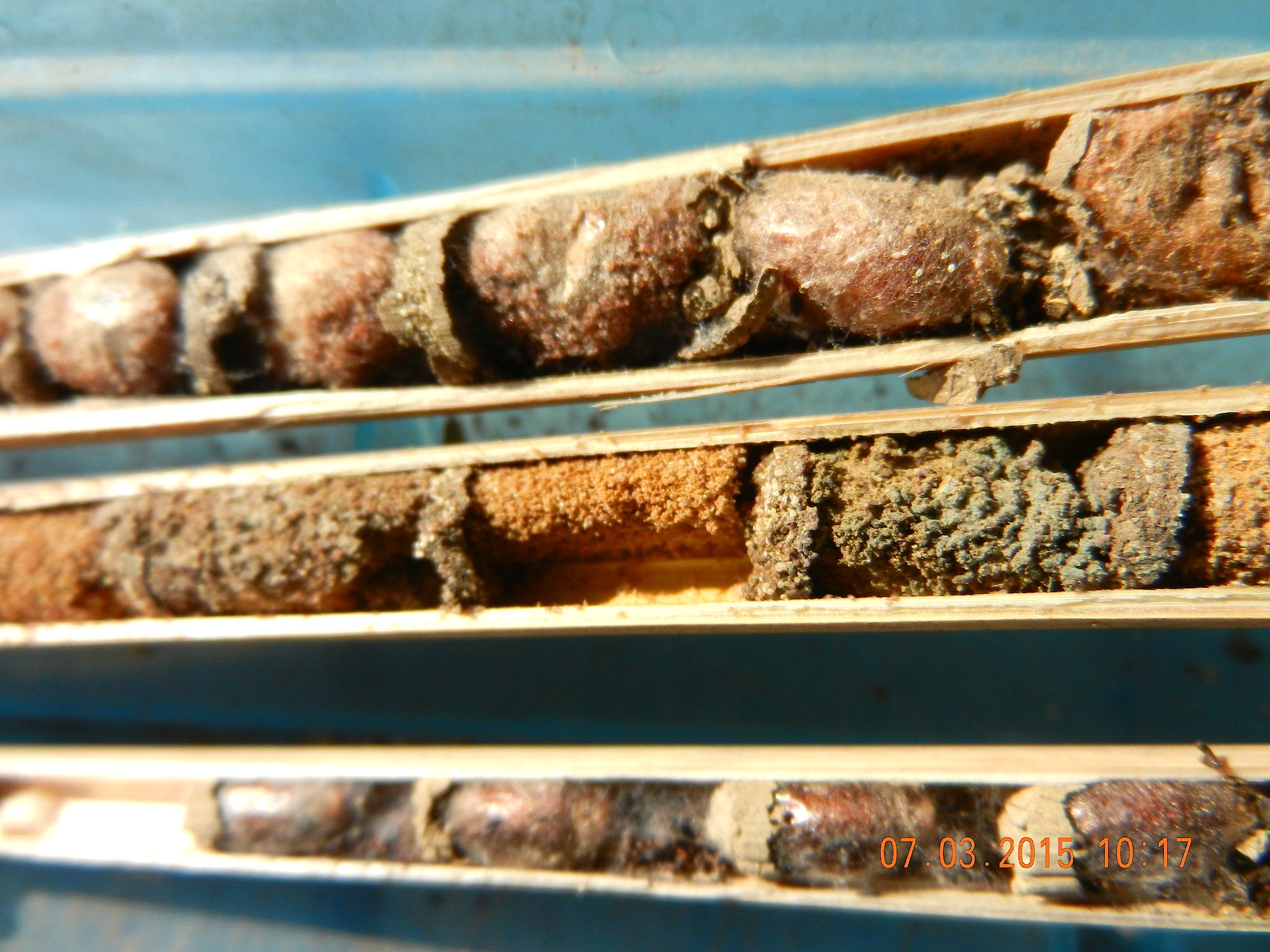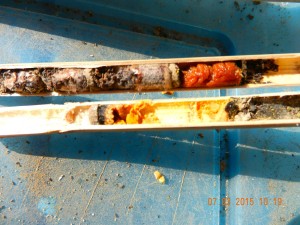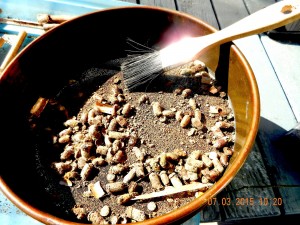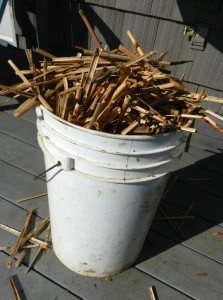Please Note: although i recommend washing in this video, I am not so sure that it is a good idea, as the year in which I did it, I had very poor hatching.. now I just do a thorough brushing in a sand bath and I have no problems with mites. update 2024: I have updated this 2016. post to move it closer to the other mason bee information this year I washed the cocoons and made sure I dried them thoroughly afterwards to prevent mould.
After removing the cocoons from their tubes, it is important to give them a good wash to get rid of mites. I do not use a bleach solution as some do, as I don’t think it is a very natural product and incorrect concentrations could have harmful effects.. I have no problem controlling the mite population either. .. I use three changes of lukewarm water in a large container. Then scoop them out by hand and dry on paper towels before putting in a plastic peanut butter jar in the fridge to hibernate until bloom time.
